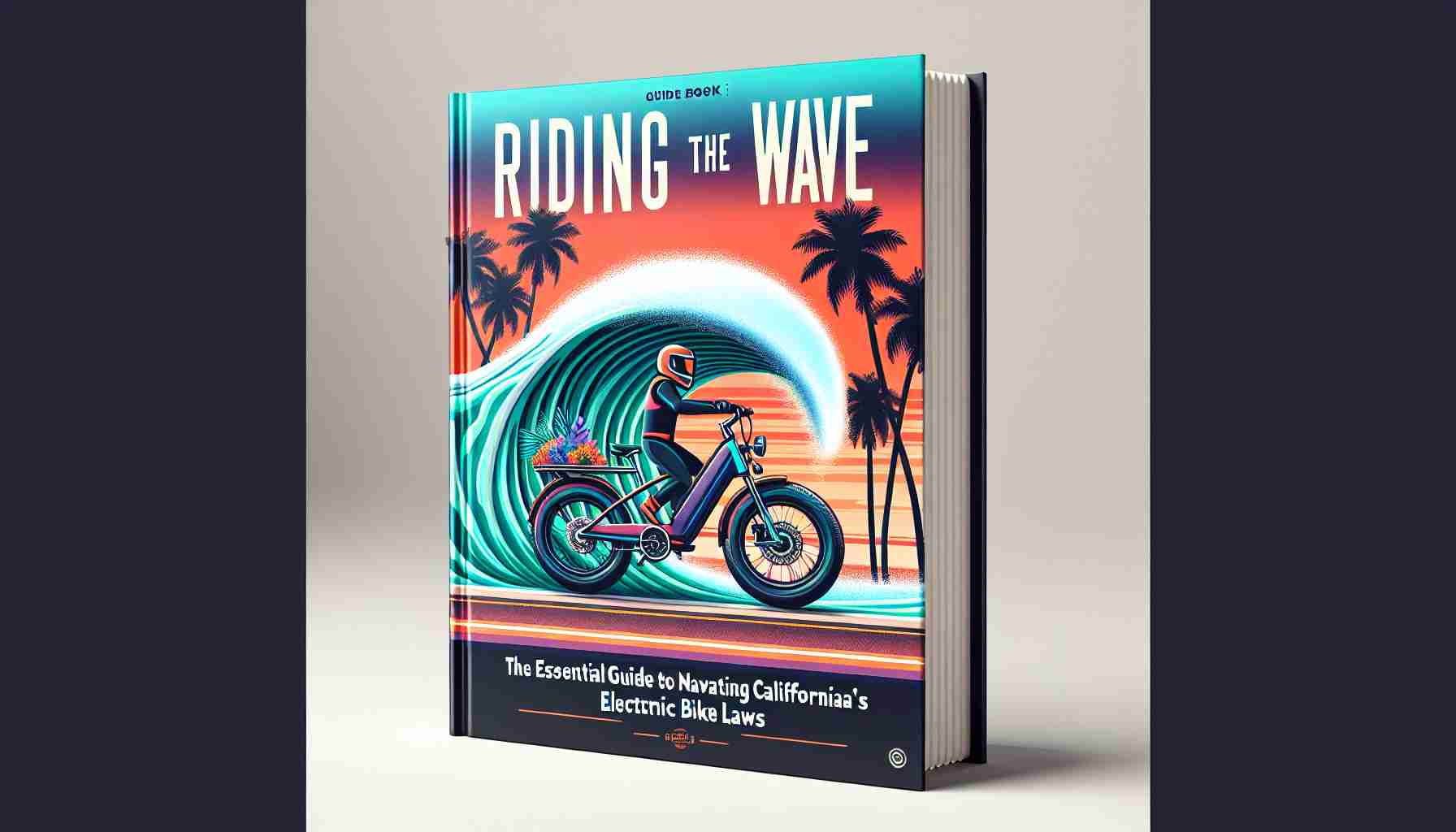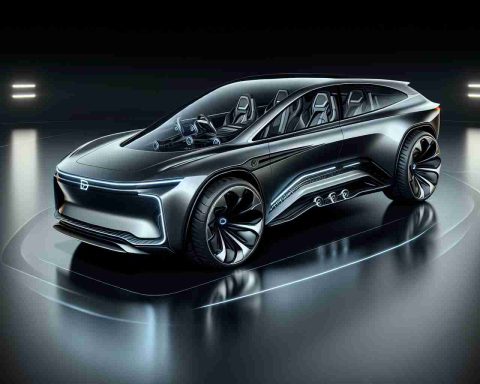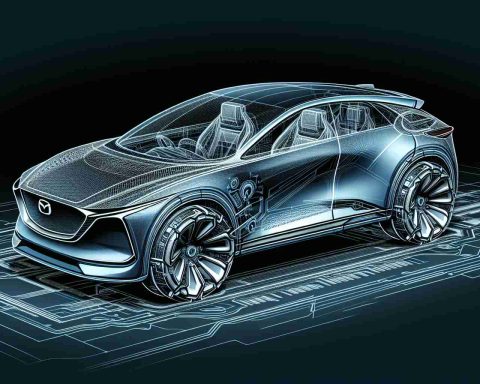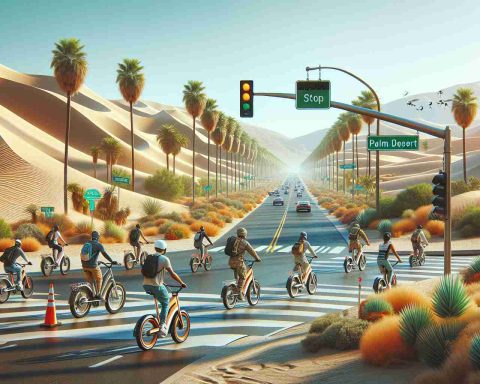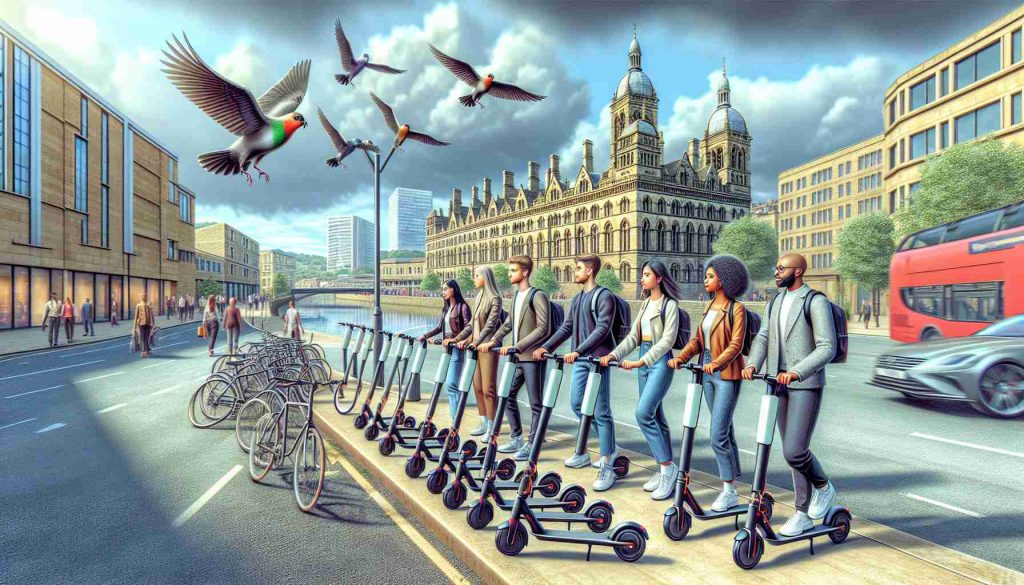- Electric bikes in California are gaining popularity as a sustainable commuting option but come with specific regulations.
- In Riverside County, authorities are shifting from education to enforcement of e-bike laws.
- Riders under 16 are restricted from using Class 3 e-bikes, while Class 1 and 2 e-bikes are accessible to them.
- Surron e-motorcycles and similar vehicles are illegal and may incur fines or impoundments.
- E-bikes do not require a driver’s license or vehicle registration; they are treated like traditional bicycles.
- Helmets are mandatory for riders under 18, emphasizing safety.
- Carrying passengers on e-bikes is illegal, and motor power is capped at 750 watts.
- Understanding these laws ensures safe and lawful e-bike use.
Across the sun-drenched streets of California, electric bikes whirl past, symbolizing a movement towards sustainable commuting. Their rise, however, accompanies a tangle of regulations designed to keep both riders and the roads safe. In the heart of Riverside County, local authorities shift from merely educating e-bike enthusiasts to actively enforcing these vital laws.
For those under the age of 16, the thrill of a Class 3 e-bike, with its swift 28 mph capability, will remain just out of reach. Yet, younger riders can freely embark on adventures with Class 1 and 2 e-bikes, which promise a more modest pace of 20 mph. Interestingly, vehicles that mimic motorcycles, like Surron e-motorcycles, find themselves outside the law’s favor and could quickly lead to hefty consequences like fines or impoundments.
Emphasizing ease of transport, California allows individuals to navigate the streets on e-bikes without the burden of a driver’s license or vehicle registration, treating them akin to traditional bicycles. Still, this liberation doesn’t mean abandoning prudence; those under 18 must don helmets, echoing a broader culture of precaution that all riders should embrace.
One must navigate these laws mindfully, for e-bikes are intended for solo rides; carrying additional passengers veers into illegal territory. Moreover, riders are constrained by motor power, capped at 750 watts, channeling the ‘green’ spirit without veering into the territory of motorized vehicles requiring registration.
Aspiring e-bike riders must understand these nuances to ensure their explorations remain both exhilarating and lawful. As the wheels of this electric revolution spin on, knowledge becomes the compass guiding every ride.
Ride Into the Future: The Essential Guide to Navigating E-Bike Regulations
How-to: Make the Most of E-Bike Commuting in California
To start your e-bike journey in California, familiarize yourself with local regulations. First, identify the class of your e-bike:
– Class 1: Pedal-assist with speeds up to 20 mph.
– Class 2: Includes a throttle function with speeds up to 20 mph.
– Class 3: Pedal-assist with speeds up to 28 mph, but restricted for riders under 16.
Always adhere to helmet laws if you’re under 18 and avoid carrying passengers. Stay informed about local paths and trails that allow e-bike access, ensuring a smooth and legal experience.
Pros and Cons of E-Bikes
Pros:
– Eco-friendly commuting: Reduces carbon emissions and lessens traffic congestion.
– Cost-effective: Eliminates fuel costs and often reduces maintenance expenses compared to cars.
– Flexibility: Provides access to bike paths and pedestrian areas not accessible to cars.
Cons:
– Initial Cost: Higher upfront investment compared to traditional bikes.
– Limited Range: Battery life constraints may limit travel distance.
– Regulatory Complexities: Navigating different laws and requirements can be confusing.
Market Forecasts and Trends
The e-bike market is experiencing rapid growth, with projections estimating a compound annual growth rate (CAGR) of over 11% through the next decade. Growing urbanization and increasing focus on sustainable transportation are key drivers.
Comparisons: E-Bikes vs. Traditional Bicycles
– Speed and Efficiency: E-bikes offer quicker commutes and require less physical effort.
– Environmental Impact: Both are eco-friendly, but bicycles have zero emissions.
– Initial Investment: E-bikes are more expensive upfront but can save money over time with reduced commuting expenses.
Use Cases and Limitations
Use Cases:
– Urban Commuting: Ideal for city dwellers seeking an alternative to driving.
– Recreational Use: Perfect for leisure rides and exploring trails.
– Errands and Short Trips: Convenient for grocery runs and short commutes.
Limitations:
– Battery Range: Need for frequent charging can be limiting.
– Weight: Generally heavier than traditional bikes, making them harder to transport manually.
Security Aspects and Safety
The rising use of e-bikes necessitates considerations around theft prevention and rider safety. Invest in reliable locks and consider insurance for high-value e-bikes. Always observe traffic rules and wear safety gear.
Sustainability Concerns and Innovations
E-bikes contribute to decreased reliance on fossil fuels, aligning with global sustainability goals. Innovations include enhanced battery technologies reducing environmental impact and extending range per charge.
Predictions: The Future of E-Bikes
As infrastructure adapts, e-bikes may become integral to smart city landscapes, with dedicated lanes and charging stations enhancing their utility. Innovations in battery tech and lightweight materials will likely reduce costs and improve accessibility.
Suggested Related Links
For more insights, visit the following sites:
– Trek Bikes
– Giant Bicycles
– Bosch eBike Systems
In summary, understanding e-bike regulations and their broader implications can empower riders to leverage their benefits fully and responsibly. Whether for a daily commute or a leisurely ride, e-bikes are poised to be a cornerstone of future urban transport.
